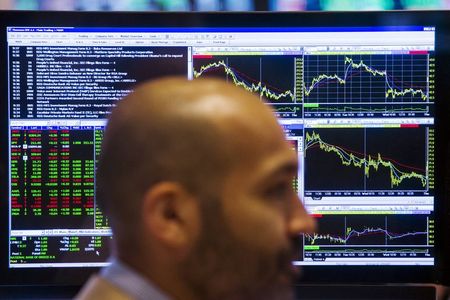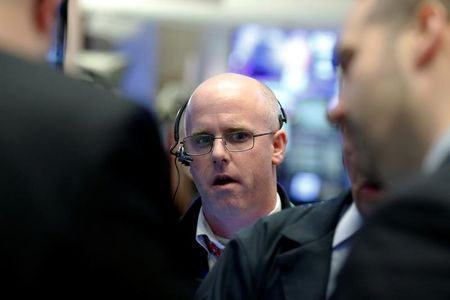Follow us on LinkedIn
A mutual fund is an investment vehicle that is made up of a pool of funds from many different investors. The money in the fund is then used to purchase a variety of different securities, such as stocks, bonds, and other assets. Mutual funds are a popular way for investors to diversify their portfolios and receive professional management.
A mutual fund’s performance depends on the performance of the underlying securities in the fund’s portfolio and the portfolio manager’s skills. How do we choose a mutual fund that will likely perform well in the future? Can we start by looking at the fees charged, the investment objectives, and the track record?
Reference [1] argued that the maximum drawdown is an important metric for evaluating a fund’s future performance,
We evaluate the importance of and implications of mutual funds’ maximum drawdowns. We find that a fund’s past maximum drawdown has unique predictive power with respect to subsequent performance and that investors give considerable weight to a fund’s past maximum drawdown when allocating capital. Among funds with relatively strong past performance, those with relatively low past MDD outperform those with relatively high past MDD by 2.40% per year (t-stat = 2.87). Consequently, it is not surprising that there is a large negative relation between fund flows and MDD. Considered as a whole, our paper demonstrates that the component of mutual fund managers’ skills captured by maximum drawdown has a significant and unique influence on their mutual funds’ performance and flows.
In short, funds with low maximum drawdowns will likely outperform their peers in the future. Another finding is that fund flow is a decreasing function of maximum drawdowns, particularly among investors with greater risk aversion and during times of heightened risk aversion.
Do these findings apply to hedge funds? We believe that the latter point is entirely applicable. Hedge funds should also try to keep their maximum drawdowns as low as possible in order to avoid outflow.
Reference
[1] Riley, Timothy Brandon, and Yan, Qing, Maximum Drawdown as Predictor of Mutual Fund Performance and Flows (2022). Financial Analysts Journal, forthcoming, https://ssrn.com/abstract=4150870
Further questions
What's your question? Ask it in the discussion forum
Have an answer to the questions below? Post it here or in the forum




